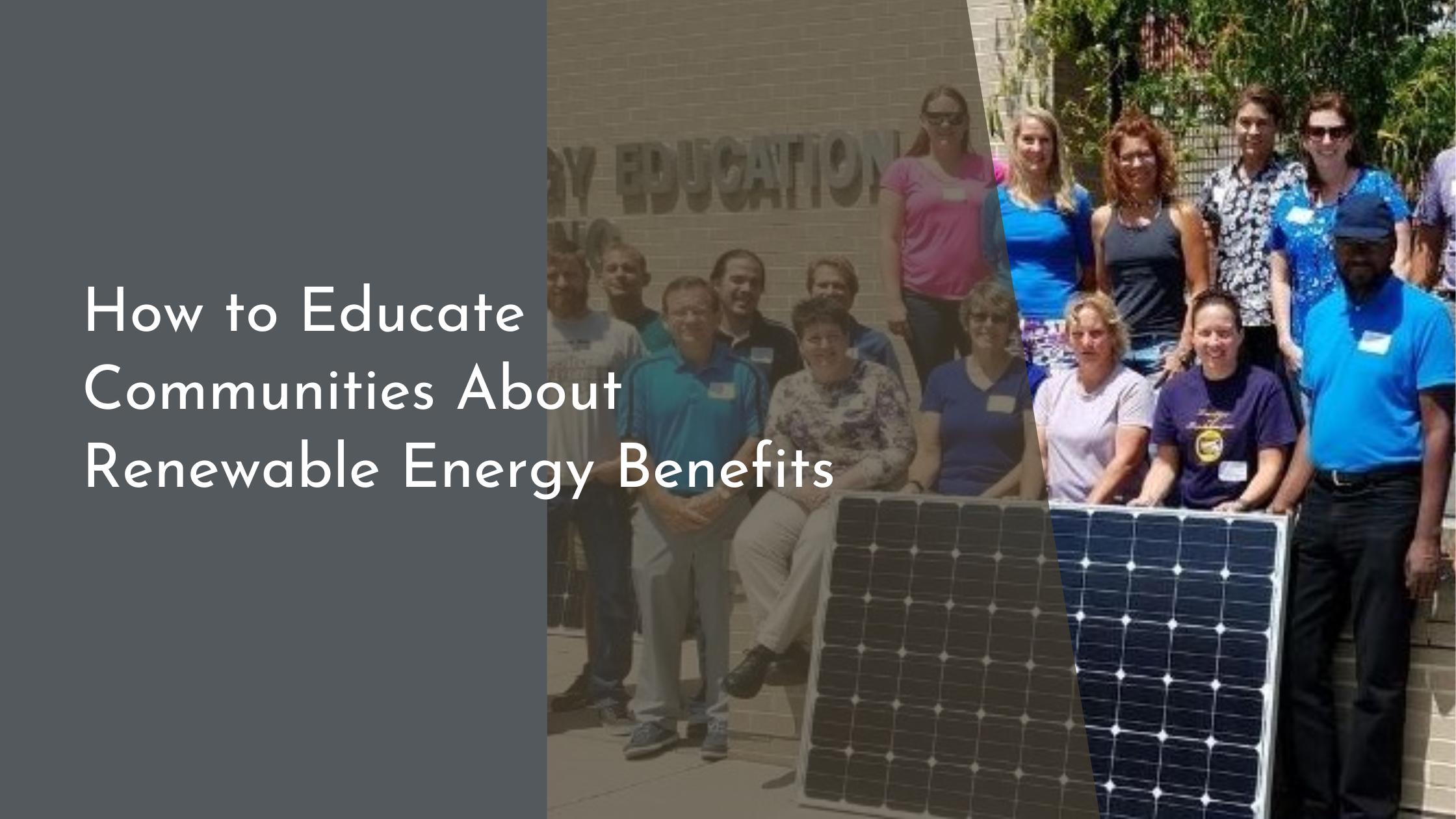How to Educate Communities About Renewable Energy Benefits
As the global momentum towards sustainable energy solutions continues to grow, educating communities about the benefits of renewable energy is more crucial than ever. Communities equipped with the knowledge and understanding of renewable resources can make informed decisions that contribute to a cleaner and healthier environment. This article explores the steps involved in educating communities about renewable energy, ensuring that the transition towards green energy is both inclusive and effective.
Understanding Renewable Energy Basics
To effectively communicate the benefits of renewable energy, it’s essential first to establish a solid understanding of what renewable energy encompasses. Renewable energy sources include solar, wind, hydroelectric, geothermal, and biomass, each offering unique advantages and contributions to reducing carbon footprints. By simplifying these concepts, educators can demystify how renewable energy works and highlight its potential to replace traditional fossil fuels. This foundational knowledge sets the stage for more in-depth discussions and encourages community members to explore the topic further.
Another crucial component is to address common misconceptions and questions that community members might have. For instance, some might believe that renewable energy technologies are prohibitively expensive or unreliable. Educators should present data on decreasing costs and advancements in technology that show how renewable energy is becoming more accessible and efficient. By dispelling myths and providing factual information, communities are more likely to support and invest in renewable energy initiatives.
Engaging Community Leaders and Influencers
Community leaders and influencers play a pivotal role in championing the benefits of renewable energy. By engaging these key figures, educators can create a ripple effect that spreads awareness throughout the community. Leaders can be instrumental in organizing informational sessions, workshops, and discussions that bring people together to learn and share ideas. By personalizing the message and tailoring it to the specific interests and needs of the community, leaders can forge strong connections and inspire action.
Collaborating with local influencers also provides opportunities to leverage existing networks and communication channels. These individuals often have established platforms and credibility, making them effective messengers of the renewable energy narrative. Whether it’s through social media, local events, or community newsletters, influencers can amplify the message, ensuring it reaches a wider audience and resonates at a grassroots level.
Creative Ways to Spread the Green Message
Incorporating creativity into educational efforts can make the message of renewable energy more engaging and memorable. Hosting interactive workshops and hands-on demonstrations allows community members to experience the technology firsthand. For example, setting up solar-powered gadgets or small-scale wind turbines can provide tangible examples of how renewable energy works. These activities not only educate but also spark curiosity and excitement about the possibilities of sustainable energy.
Another innovative approach is to utilize art and storytelling to convey the benefits of renewable energy. Art installations, murals, or community theater productions centered around themes of sustainability and energy can captivate audiences and foster a deeper emotional connection to the topic. By weaving narratives that highlight both the environmental and social benefits of renewable energy, these artistic expressions can inspire change and motivate community members to actively participate in the transition to green energy.
Evaluating the Impact of Education Efforts
To ensure that educational initiatives are effective, it’s essential to evaluate their impact regularly. Setting clear objectives and measurable outcomes at the outset can help educators track progress and make necessary adjustments. Surveys, feedback forms, and community discussions can provide valuable insights into how well the message is being received and what areas need further emphasis or clarification.
Moreover, long-term impact assessments can gauge the broader effects of education efforts on community behavior and attitudes towards renewable energy. These assessments might include monitoring changes in energy consumption patterns, an increase in local renewable energy projects, or shifts in public opinion. By analyzing these outcomes, educators can refine their strategies and continue to foster a well-informed and proactive community that champions the benefits of renewable energy.
Educating communities about renewable energy is a multifaceted endeavor that requires collaboration, creativity, and continuous evaluation. By building a solid foundation of knowledge, engaging influential community figures, and employing innovative communication strategies, educators can effectively convey the critical benefits of transitioning to sustainable energy solutions. As communities become more informed and enthusiastic about renewable energy, they can play a pivotal role in driving the global shift towards a cleaner and more sustainable future.


